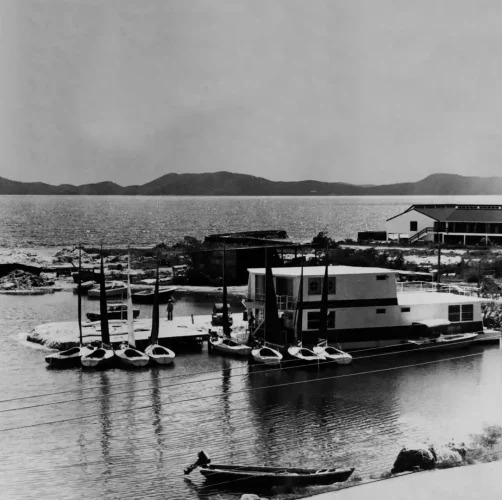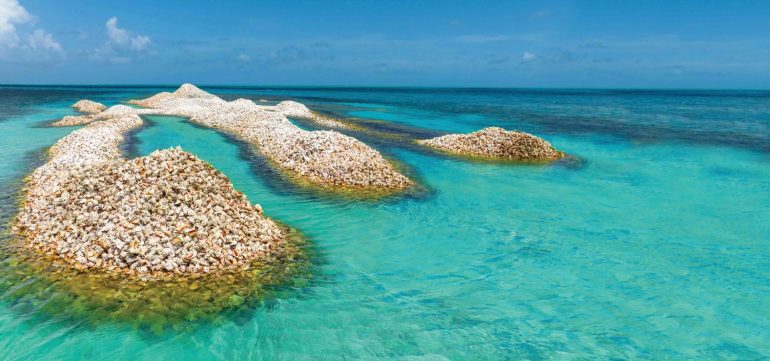“Can we utilize the vernacular cooling methods in today’s domestic buildings?”
Since the boom in air conditioners (AC) after World War II, architects have begun to move away from passive cooling techniques and rely on AC to achieve thermal comfort. Air conditioning was marketed as a means of enhancing personal health, improving sleep and keeping homes clean (Gissen D. 2003) and we began to see sealed concrete boxes replacing the vernacular architectural styles of the tropics.
Not only are air conditioners major energy consumers and expensive to run, they also spread dirt particles, microorganisms, bacteria and germs if not properly maintained. (Wolfgang L., 2005.) With depleting energy reserves causing a significant rise in fuel costs, there is increasing pressure to reconsider passive (non-mechanical) techniques as a “free and readily available” option when it comes to cooling buildings.
The investigation
With the much-needed shift from mechanical to passive cooling in today’s architecture, it is valuable to reconsider tropical vernacular and question whether it can assist with passive cooling techniques used today. The term “vernacular” refers to native, natural architecture, in this context, tropical vernacular architecture.
It could be argued that thermal comfort in the tropics can be achieved at much higher ambient temperatures and humidity levels because of occupants’ acclimatization; however, the vernacular understanding of optimum designs in hot humid environments combined with present-day technological advances and knowledge should only be advantageous. Or has the demand for convenience and technological developments advanced above the vernacular?
The tropical climate
The main stresses of this climate are high humidity levels, high temperatures and solar radiation. Humidity reduces cooling via evaporation, as the air is already saturated, so by ventilating a space, the saturated air is removed, increasing the rate of evaporation and convection that dissipates heat from the body, building structure and fabric. Solar shading is also an efficient means of keeping cool; however, ventilation is the focus of this study.
Characteristics of tropical vernacular architecture
Untutored builders of the vernacular had an admirable talent for suiting buildings to their environment. An extensive knowledge of the climate and ability to modify their buildings meant various ventilation techniques for cooling and reducing solar gains were incorporated into building designs.
Locating
Tropical vernacular homes were located in areas of dense vegetation with overhanging trees that could shade the building whilst creating a cooler microclimate. They were orientated towards prevailing winds to optimize cross-ventilation; in the instance of Micronesia, homes faced towards the ocean to maximize sea breezes.
Shape and form
An elongated floor plan and minimum internal partitions created an easy passage for cross-ventilation by reducing friction. Fig. 1 indicates how this technique was repeated beneath the house by raising it on stilts. Although this is an example of a Malaysian home, it is also evident in the West Indian and Pacific home, initially intended to prevent flooding. Not only did this help to catch winds of a higher velocity, by shading the ground, the air underneath was cooled and drawn up through the floorboards.
A high ceiling, typical in tropical vernacular, shows an understanding of the stack effect. Hot air rises with buoyancy and is infiltrated out via ventilation roof joints or in the instance of the Malay funnels shaped roof (bumbung panjang) via grills at each gable end, otherwise referred to as Jalousie Louvres in the West Indies. This is a simple cooling technique that is often overlooked.
Solar gains were reduced in the Malay home by large roof overhang and the West Indians used verandas (after the European influence). Both techniques allowed windows to remain open so that ventilation could still enter the building during rain periods.
The Samoan home of the Pacific initially had no walls allowing breezes to flow freely (windows were also a later European influence.) In the Malayan home, windows were plentiful, placed to maximize cross-ventilation. They were full-length, casement windows designed to cool at body level, the most important cooling area. West Indian homes tended to have smaller openings by comparison, the intention being to reduce solar gains. However, cross-ventilation was still a priority.
Materials
In all instances, local materials were used (whatever was closest at hand and readily available). This was typically timber and palms. Timber, a lightweight material, was generally used for walls and floors, while thatch was used on the roof. Both provided good insulation from solar gains, being materials of a low thermal capacity. In the instance of the Mbure, a type of vernacular specific to the Pacific, walls were made from woven reed and could be rolled down when privacy was required without blocking ventilation.
In most instances, materials and forms have been adapted over the years because of external influences—migration, invasion, et cetera (see fig. 2). Timber walls were replaced with concrete, and wooden shutters became glass or single-hung windows; however, these adaptations do not necessarily denote beneficial developments, particularly regarding ventilation. Le Roux refers to them simply as overglorified techniques of the West.






